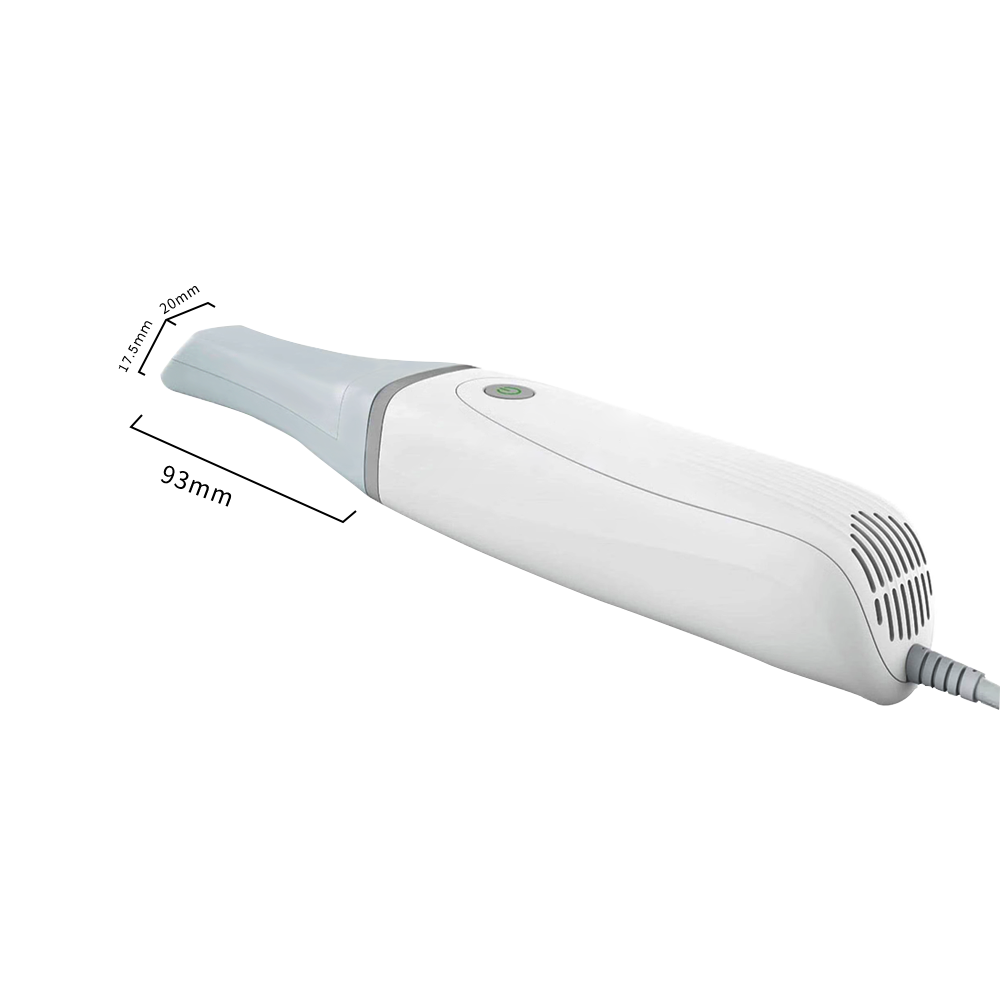(I) Restorative dentistry
In the field of restorative dentistry, dental oral scanners can be used to make crowns, bridges, full dentures and other restorations. By obtaining detailed data of the patient's oral cavity through high-precision scanning, doctors can design restorations that better fit the patient's oral structure and improve the aesthetics and comfort of the restorations.
(II) Orthodontic treatment
Orthodontics is one of the important areas of application of dental oral scanners. The scanner can quickly obtain the initial state of the patient's teeth. After generating a 3D model, the doctor can use the software to perform orthodontic simulation, predict the treatment effect, and formulate a personalized correction plan.
(III) Dental implants
During dental implant surgery, dental oral scanners can accurately obtain the morphology and position information of the patient's alveolar bone, helping doctors better plan the position and angle of the implant. By combining with imaging examinations such as CBCT, doctors can have a more comprehensive understanding of the patient's oral condition and improve the success rate of implant surgery.
(IV) Dental laboratory
For dental laboratories, dental oral scanners can directly transfer scanned data to the CAD/CAM system to achieve digital design and production. This not only improves work efficiency, but also reduces human errors and improves the quality of restorations.

Market Trends and Outlook
(I) Market Size Growth
With the popularization of digital dentistry, the dental oral scanner market is showing a rapid growth trend. According to relevant forecasts, the global oral digital equipment market will reach US$12 billion in 2030. This growth is mainly due to the increasing demand for efficient and accurate diagnosis and treatment equipment in dental clinics and hospitals, as well as the continuous advancement of technology.
(II) Intelligence and Popularization
In the future, dental oral scanners will be more intelligent. AI technology will be deeply integrated into the various functions of the scanner to achieve functions such as automatic diagnosis and treatment plan generation. At the same time, with the development of 5G and cloud technology, scanners will be lighter and more cost-effective, promoting the widespread application of equipment in the sinking market.
As a key device in digital dentistry, dental oral scanners are driving the transformation of dental diagnosis and treatment models with their excellent technical performance and a wide range of application scenarios.